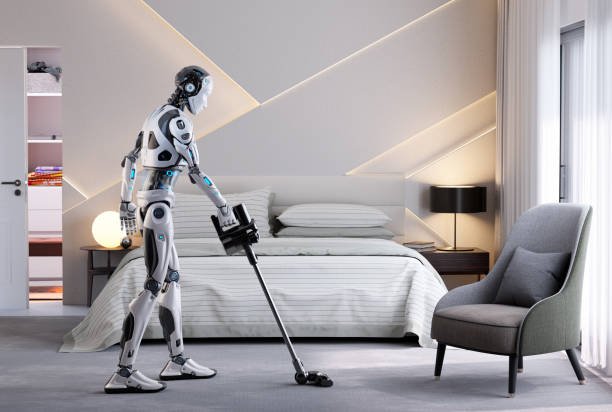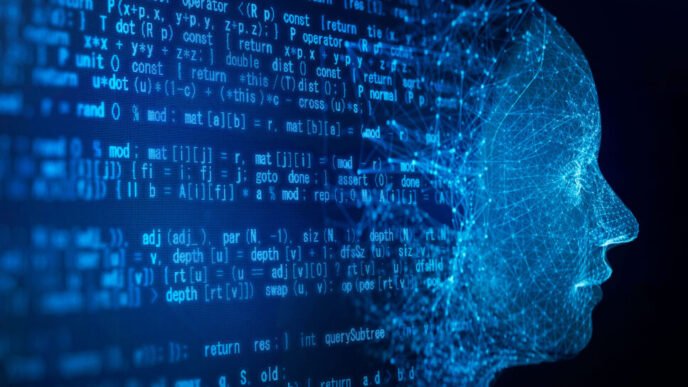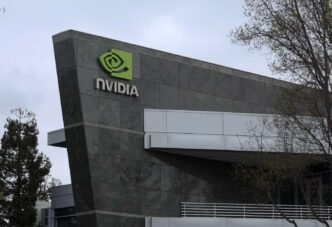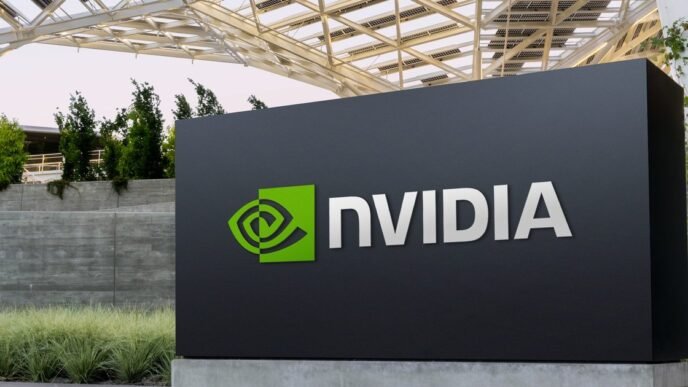Advancements in artificial intelligence (AI) are revolutionizing the way robots are trained, enabling them to learn new tasks almost instantly. This transformation, driven by generative AI and innovative methodologies, is turning science fiction into reality. Let’s explore the technology, its key players, and its potential to reshape industries.
How Generative AI is Accelerating Robotics Training
Generative AI is no longer confined to generating text or images—it’s now a game-changer for robotics. By leveraging vast datasets and sophisticated algorithms, AI is enabling robots to learn tasks with unprecedented speed and efficiency.
Key Players in Fast-Learning Robotics
- Agility Robotics
- Amazon
- Covariant
- Robust AI
- Toyota Research Institute
These organizations are at the forefront of integrating AI into robotics to create machines that can adapt and learn in dynamic environments.
Timeline for Implementation
- Current Status: The technology is already being deployed in commercial spaces such as warehouses.
- Future Outlook: Lessons from these implementations will pave the way for robots in domestic settings, revolutionizing home assistance.
The Challenge of Training Robots
Traditional robotics training relies on manual programming and data collection, which can be time-consuming and limited in scope. The emergence of generative AI has introduced a paradigm shift by:
- Synthesizing Diverse Data Sources: Combining data from sensors, teleoperation, and online videos.
- Enhancing Versatility: Allowing robots to understand multiple ways to perform a single task.
- Improvising in Real-World Scenarios: Teaching robots to adapt their actions based on varied inputs.
Case Study: Training Robots to Wash Dishes
- Sensor Data: Recording human movements using wearable sensors.
- Teleoperation: Capturing a human’s control of robotic arms.
- Online Data: Extracting videos and images from the internet.
This multi-faceted data collection gives robots a significant advantage over traditional methods, enabling them to:
- Learn faster.
- Execute tasks with greater precision.
- Adapt to different scenarios.
The Evolution of Robotics Training
From Text to Physical Actions
The breakthrough in large language models (LLMs) inspired researchers to apply similar principles to robotics. While text generation involves predicting words, robotics involves predicting movements and actions. This leap required:
- Advanced Data Integration: Combining diverse datasets into a coherent model.
- Improved Algorithms: Enhancing AI’s ability to interpret and execute tasks.
Applications of Fast-Learning Robots
Robots trained with generative AI are already making waves in various sectors:
| Sector | Application | Impact |
|---|---|---|
| Warehousing | Automated picking, packing, and sorting | Increased efficiency and reduced labor costs. |
| Manufacturing | Precision assembly and quality control | Enhanced productivity and reduced errors. |
| Healthcare | Robotic surgeries and patient assistance | Improved accuracy and patient outcomes. |
| Domestic Use | Home cleaning and assistance | Easier integration of robots into everyday life. |
| E-commerce | Logistics and delivery automation | Faster delivery and improved customer satisfaction. |
The Future of Robots in Daily Life
Smart Robots at Home
While robots in warehouses are already benefiting from fast-learning AI, the next step is integrating this technology into domestic environments. Imagine a robot that can:
- Clean your house by observing how you do it.
- Assist with meal preparation by learning from online tutorials.
- Provide elderly care by adapting to individual needs.
The Role of Industry Leaders
Toyota Research Institute
Toyota is using generative AI to develop robots that can assist with household chores, particularly for aging populations.
Amazon
The e-commerce giant is utilizing robotics for warehouse automation, ensuring faster and more efficient order fulfillment.
For more on how these innovations are shaping the future, check out MIT Technology Review’s Robotics Coverage.
Key Statistics
- 85% of warehouses are expected to adopt robotic solutions by 2030.
- Robots trained with generative AI are 40% faster at learning tasks compared to traditional methods.
- The global robotics market is projected to grow to $74 billion by 2026.
The Road Ahead
Fast-learning robots represent a significant leap forward in robotics and AI integration. As the technology matures, its impact will be felt across industries, from commercial spaces to personal lives. The journey has just begun, but the potential is limitless.
Also read:













